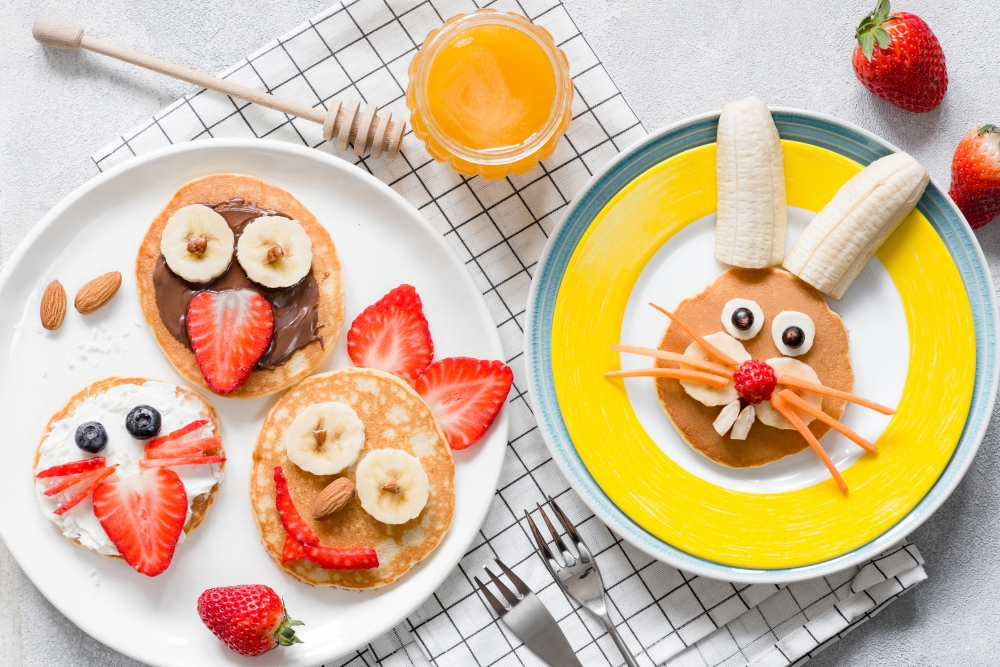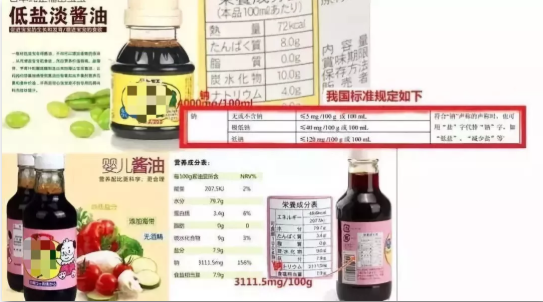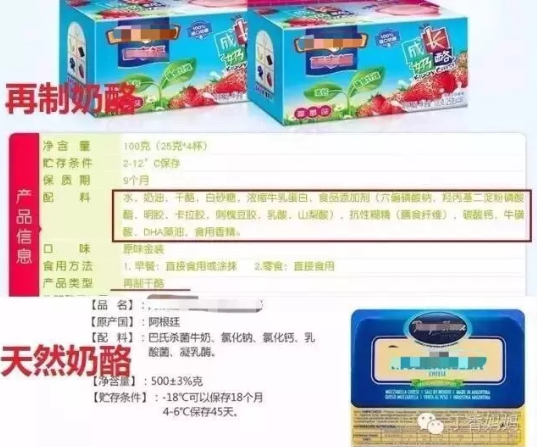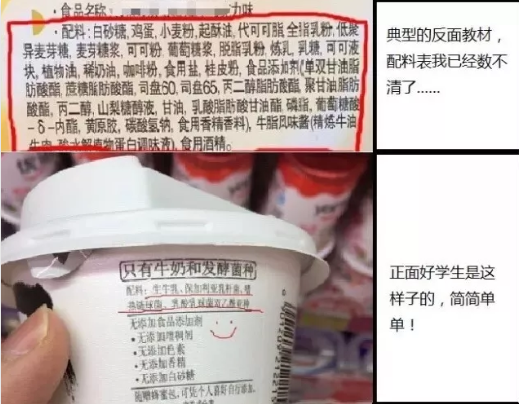
Many parents think that food is [healthier] [more suitable for children] as long as the word [children] is typed, but to be honest, [children’s food] is only a concept created by businesses for marketing.
Not only do these foods not provide children with rich nutrition, some products may also prevent children from developing healthy eating habits and cause harm to children’s bodies.
Let’s take a good look at the [children’s food] that is full of advertisements and supermarkets.
Children’s milk/yogurt
One of the major characteristics of children’s milk and children’s yogurt is [sweet].
In order to cater to children’s tastes, most businesses usually add a lot of condiments such as sugar and maltose, and some products also add various flavors.

The scheming merchants will also print cartoon patterns on the packaging, and the children will not be able to walk at a glance, crying and begging to buy them.
Babies under 1 year old should not eat sugar (some parents will buy children’s yogurt for their babies), Even if you are over 1 year old, you should try your best to eat less sugar. Excessive sugar is not good for your child’s health in what, but it is easy to cause tooth decay. Babies are naturally fond of sweets. The more sugar is given, the more sweets your child will prefer, and it will be easy to choose those [junk food] with high sugar content in the future.
Some products also add a lot of actually meaningless nutrients, children may drink too much, and too much of some nutrients will cause a burden on children, more risk of excessive energy and sugar intake, and will also be an important factor inducing obesity and overweight in children.
However, the protein content of some [children’s milk] [children’s yogurt] is not as good as that of ordinary fresh milk and yogurt.
Children’s soy sauce
Many hot-selling imported soy sauces for children are under the banner of [low salt] [low sodium]. For example, the two imported soy sauces with relatively good sales volume are both claimed to reduce salt.
However, if you look at the nutrition table, you will know that the sodium content of this [children’s soy sauce] is not low at all! ! !

Babies under 1 year old are not recommended to add extra salt, and the amount of salt used should be controlled before 2 years old, not exceeding 1.5 g per day.
Many people think that children cannot eat more salt but can eat soy sauce. Adding soy sauce can really increase the flavor of food, but they neglect to control the intake of sodium. However, soy sauce must be avoided under one year old and strictly controlled as salt over one year old.
Babies under one year old do not need to add extra salt or soy sauce to their diet. The normal diet already contains enough sodium to meet their physiological needs.
Children’s cheese
Most [children’s cheese] belong to recycled cheese. These cheese need to be added with a large amount of salt during fermentation. Even if the advertisement is low in salt content and weak in taste, the salt content will not be too low.
In addition to high salt content, recycled cheese may also contain too high sugar and various food additives, so it is not suitable for babies to eat.

Babies after the age of 1 can choose natural cheese with low salt content as one of the forms of rich dairy products.
Children’s meat floss
Babies’ chewing ability is not good, meat is easy to plug teeth, so meat floss is a good choice. Although meat floss is good, you should also keep your eyes open when buying [children’s meat floss] sold on the market.
These meat floss are usually seasoned with a lot of salt, sugar and soy sauce, and the taste will be heavier. It is not recommended to buy meat floss that is too sweet or too salty for babies to eat.
Some [children’s meat floss] on the market are not pure meat and are sold at high prices under the signboard of [children], which is really not cost-effective.

Some [children’s meat floss] will also use licorice powder (a natural sweetener 200 times sweeter than sucrose), nitrite, pigment and other substances in order to add flavor and color. These substances are not suitable for babies to eat, so they are not recommended.
If you want your baby to eat nutritious and delicious high-quality meat floss, you should be more assured to make it yourself.
Learn to read the ingredient list so as not to be routine.
Instead of buying this kind of children’s food, which does not have the advantages of what, parents may as well buy it for their babies themselves. Homemade food can be made with less or no salt and sugar, and there are no additives, which is more suitable for babies to eat.
Here, I also teach you how to identify the food ingredient list:
1. The more the ingredients are ranked first, the more the content is.
All kinds of raw materials in the ingredient list should be listed in the order from more to less. The first one is the raw material with the highest content. Select the food (such as milk, eggs, fruits, water, etc.) with natural raw materials in the front. The better the condiment order (such as white granulated sugar, salt, etc.).
2. The shorter the ingredient list, the better
All food additives in the ingredient list must also be listed. After comparison, try to choose foods with shorter ingredient list.

Most children’s foods are not very different from adult foods in composition and are not suitable for infants.
Of course, there are also relatively high-end children’s foods with relatively few seasonings and additives, but to be honest, if the quantity is small, the price is still a lot higher than that of ordinary foods, even several times higher. We simply calculate:
- 1 box of imported children’s milk ≈ 2 boxes of ordinary fresh milk, 1 bag of children’s dumplings ≈ 3 boxes of ordinary dumplings, 1 bag of children’s fine dried noodles ≈ 4 bags of ordinary fine dried noodles…
It’s not easy for everyone to earn money and raise babies. Don’t be caught by the marketing routine of merchants.
For babies, the best complementary foods are those natural foods, which are really healthy and delicious.
